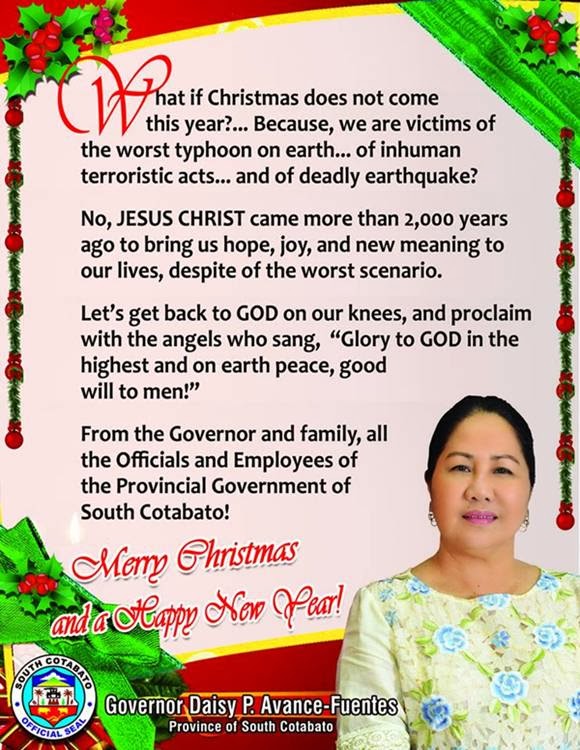Maguindanao Cloth Description
It depends on the kind of Tnalak design you choose to wear. Maguindanao Maguindanao meaning people of the flood plains occupy the basin of the Pulangi River in Mindanao.

Malong Becomes You Inaul Is The Well Known Maguindanao Handwoven Fabric It Is Soft And Pliant Tesor Philippines Fashion Handwoven Fabric Red Leather Jacket
Very rare malong designs and styles can indicate the village in which the malong was made.

Maguindanao cloth description. The entire process is so labor-intensive that it can take a week to weave just one meter of fabric. Men can wear it as a trouser for formal wear. Tnalak Tnalak is a traditional cloth found in Mindanao island made by a group of people in Lake Sebu South Cotabato called Tbolis Tboli people.
Cotabato City with their king crabs and inaul fabric. The malong is traditionally used as a garment by both men and women of the numerous ethnic groups in the mainland Mindanao and parts of the Sulu Archipelago. The word Maguindanao means to be inundated and is derived from the fact that the Pulangi River used to overflow its banks periodically flooding the whole vast countryside and giving the impression that the whole region was one big lake or danao.
This traditional cloth is hand-woven made of Abaca fibers which traditionally has three primary colors red black and the original color of the Abaca leaves. Pis Siyabit Weaving in Sulu. Kegal Tnalak is the cloth made of hand-woven abaca cloth.
Women in Maguindanao wear it as a malong skit and as garments for formal or royal events such as weddings. What is the clothes of Maranao. Their fabrics are characterized by geometric patterns and vivid hues and are made from pineapple and abaca fibers dyed with herbal extracts.
The Maguindanao people are part of the wider Moro ethnic group who constitute the sixth largest Filipino ethnic group. The descriptions are sacred and highly spiritual shared by Ms. Inaul is one of the most versatile handwowen textile ever conceived.
Located in the Sulu Archipelago in the most southern region of the Philippines Yakan people are recognised for their remarkable technicolour geometric weaves and the distinctive face decorations used in their traditional ceremonies. The teduyung is a conservative to a more colorful Maguindanao-made fandi nedol. Inaul also pronounced inol is a time-honored weaving tradition of the Maguindanao people usually made into malong or wraparound skirts commonly and regularly used by both sexes.
The woven split rattan. Bed spaces are created by using several carved sheets. Last region is the Bangsamoro Region that consists of.
It can also be worn on the shoulder knotted around the hilt of the sword or tied around the head among the Tausug men. Maranao women wear special kinds of clothes which are distinctly their own. Maguindanao also spelled Magindanao or Magindanaw also called Maguindanaon ethnolinguistic group living primarily in south-central Mindanao the largest island in the southern Philippines.
Kegal Kenibang Tboli womans applique blouse. The woven cloth is locally called an Inaul or the Maguindanaon Malong referred to as a tubular garment that wraps around the body this comes in varying multitudes of refined color combinations. Basilan Yakan woven cloth and budbud rice cake.
It borders Lanao del Sur to the north Cotabato to the east Sultan Kudarat to the south and the Illana Bay to the west. The Maranao arrange their houses in a line pattern along a river road or lake shore. Like many ordinary houses in the south the old Marano house is simply one big partitionless room.
With a name meaning people of the flood plain the Maguindanao are most heavily concentrated along the shores and in the flood lands of the Pulangi- Mindanao River basin although many now live in the surrounding areas. Maguindanao is a province in the Philippines located in the Bangsamoro Autonomous Region in Muslim Mindanao. Pis Siyabit or Pis Syabit is the prized handwoven cloth of the Tausugs of Sulu.
Lanao del Sur with their shawls and malongs. The Yakan are kind and loving people that embody a non-materialistic culture. Along with the Maguindanao people the people of the lake as the Maranao are called produce malong large tubular garments both worn by men and women for a number of purposes.
Handwoven malongs are made by the weavers on a backstrap loom. Since 2014 the provincial capital is Buluan but the legislative branch of the provincial government the Sangguniang Panlalawigan convenes in the old provincial capitol in the town of Sultan Kudarat. Usually used as head covering it is made from cotton or silk square in shape and provided with geometric patterns.
Wound around mans head it becomes a turban. Sulu bladed weapons bronze and brassware are their specialty. Continuing Cultural Cloth Program Sew Sow Food Garden Grants Countries Philippines Philippines Tboli Traditional Dress Traditional Dress Textiles Traditional Textiles Tribes.
The malong is a traditional Filipino rectangular or tube-like wraparound skirt bearing a variety of geometric or okir designs. Handwoven malongs which are costly- made of cotton and silk are likely to be used only at social functions to display. And lasi is Tawi-tawi which is known for their shellcraft.
Maguindanao and Tboli located in Mindanao. They were traditionally hand. Their name means people of the flood plains.
Folded malongs can be used as a basket baby cradle or bag. They are wrapped around at waist or chest-height and secured by tucked ends with belts of braided material or other pieces of cloth or are knotted over one shoulder. The Yakan are an indigenous Muslim tribe native to the tropical island of Basilian.
They are made by.

Maguindanao Male Malong Google Search Tribal Costume Philippines Culture Filipino Culture

Inaul Weaving From Maguindanao S Weaving Weaving Textiles Pattern

Yandanholth S Image Filipino Culture Philippines Culture Filipino

Pin On Woven Fabrics Of The Philippines

Pin On Pag Ibig Sa Tinubuang Lupa

Komentar
Posting Komentar